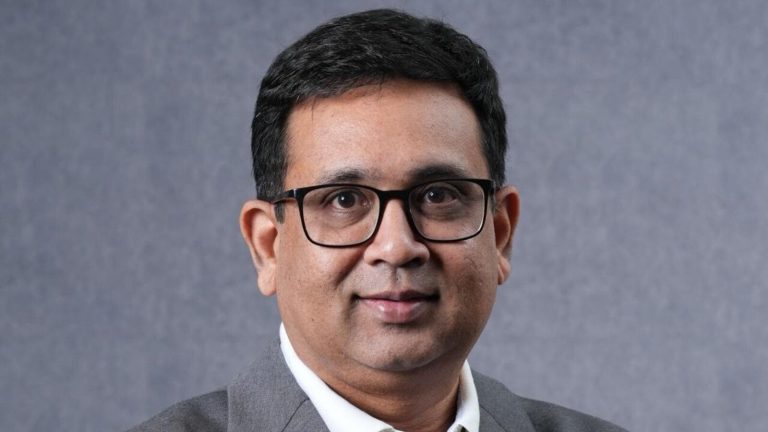“It would have been easy to round it up and call it $2 billion,” said Vinit Karnik, managing director – content, entertainment and sports, GroupM South Asia. “But 1.98 billion is the honest number. That reflects the integrity with which we approach this study.”
Also Read | RCB’s game plan: How a title-starved team is reshaping the sports business
Cricket continues to dominate, contributing ₹14,173 crore or 85% of the total market. But 2024 was also a year when the foundations of a broader, more diversified sports economy began to solidify—led by athlete endorsements and the growing commercial footprint of emerging sports.
One of the reasons for cricket’s relatively slower growth—3%—this year was a sharp dip in Team India’s match calendar—just 44 games were played in 2024 versus 64 in 2023. At the same time, both the ICC and IPL began new sponsorship cycles. The ICC moved from 20 global sponsors in 2023 to just 10 under a “Less is More” model, which aims to reduce clutter and enhance visibility for brand partners.
Also Read | How much it costs to pursue a career in sports in India
The IPL, too, saw only three of six associate partner slots being filled in 2024. Yet individual deal values rose by over 40%, with title sponsorship itself touching ₹500 crore. Karnik called this a deliberate reset that “solidifies value in the long term,” even if it meant short-term moderation in overall revenues.
If cricket showed signs of recalibration, endorsements stole the show. Total athlete endorsements surged 32% year-on-year to ₹1,224 crore—the highest India has ever seen. Cricketers still accounted for the lion’s share at ₹1,054 crore, but the spotlight was firmly shared with athletes from other disciplines, where endorsements rose 46%.
Also Read | Why should India spend public money on sports? Let the goal dictate our strategy
“This growth is being led by names like Neeraj Chopra, Manu Bhaker and PV Sindhu,” Karnik said.
He also noted that the endorsement boom was not just about fame, but the deep emotional equity these athletes now hold with Indian audiences.
The impact of the Paris Olympics was visible across segments. Emerging sports as a category grew 19% to ₹2,461 crore in sponsorship revenue, with brands such as Reliance, Adani, Tata, Puma and others backing India’s Olympic campaign.
What stood out the most was the rise of distance running as a participative sport—marathons alone contributed nearly ₹600 crore. “That’s a full-blown economy in itself,” Karnik said, adding that this figure doesn’t even include the growing unorganised space.
Franchise leagues like Pro Kabaddi and the Indian Super League also maintained steady traction, each drawing close to ₹150 crore in sponsorships. The story is not about massive disruption but steady, structured growth in sectors that once flew under the radar.
Meanwhile, media spending on sports content grew 7% to ₹7,989 crore, driven by a 25% jump in digital advertising. Television continues to dominate, with cricket alone accounting for 94% of the total media spend.
A key shift this year was the launch of JioStar, the merged streaming and broadcast entity formed by Viacom18 and Disney Star, which took IPL behind a paywall for the first time. According to Karnik, initial fears about restricted access may have been overblown. “From a reach standpoint, the IPL may actually end up stronger,” he said.
Karnik pointed out that while a 6% topline growth may appear modest, it must be viewed in historical context. In 2008, India’s sports sponsorship market was just ₹2,423 crore. “Today it’s ₹16,633 crore. That’s better than gold or Sensex over the same period,” he said. Franchise valuations also reflect this uptrend—teams like the Mumbai Indians, valued at ₹480 crore a decade ago, are now estimated to be worth over ₹7,000 crore. “The first billion took 10 years. The second took seven. The third may only take five,” Karnik predicted.
Looking ahead, the industry expects a stronger performance in 2025 as the effects of the new IPL and ICC sponsorship cycles stabilize. With the 2026 Commonwealth Games and the 2028 Los Angeles Olympics in sight, the next few years could unlock even greater value—particularly for brands looking to go beyond visibility and build long-term emotional capital through sport.


